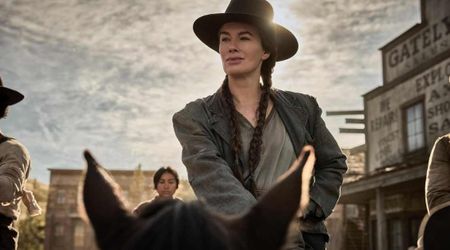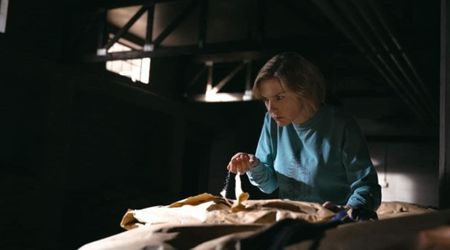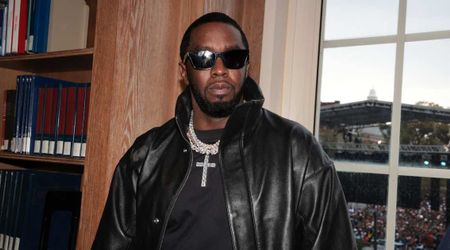'30 for 30 Lance' Part 2: Truth behind yellow Livestrong bands that took the world by storm in 2004

Just about every sport-loving fan in the world would have heard, worn or seen the famed yellow silicone bands with LIVESTRONG etched imprinted on them. This was much before the famed Power Balance bands forayed to the world. While sports personalities were seen dangling this yellow bracelet, there were also cheap rip-offs that were manufactured and worn by many across the world. These bands have a history and it came to being after cyclist Lance Armstrong was diagnosed with cancer.
Designed by Nike in collaboration with creative agency Weiden+Kennedy, these bands were priced at a dollar in a bid to raise funds for cancer patients. With Armstrong as the face of the campaign and spokesperson for the Livestrong Foundation, roughly over 80 million bands were sold as soon as they were launched. What started as a sign of support went across the world also became a style statement of sorts. This carried on to be a trend until Armstrong found himself in the middle of a doping storm.
The decorated cyclist and the seven-time Tour de France winner was found guilty of using performance-enhancing drugs that include EPO, Cortisone and Human Growth Hormone (hGH). What followed was a worldwide uproar and a controversy that saw the UCI strip him of all his medals. This was followed by all his sponsors dropping him soon after. Nike terminated its contract with Armstrong that stopped the bands from being manufactured, and that signaled the start of the bands being tucked away instead of being worn.
That said, there are people across the world who still hold these bands in high regard and continue to wear them till day. Talking to CNN, Sarah Atwell, a 29-year-old breast cancer survivor, said she would continue to wear it. "To me, the organization has become more than Lance. It has established itself as a valuable resource for cancer survivors and families and that is more important than these allegations," she said. "The yellow wrist band that I wear each day reminds me of all that I have been through, the people I have known and lost along the way, and that we have a long way to go in our collective fight against cancer."










